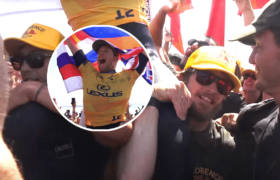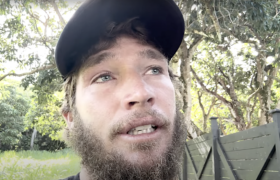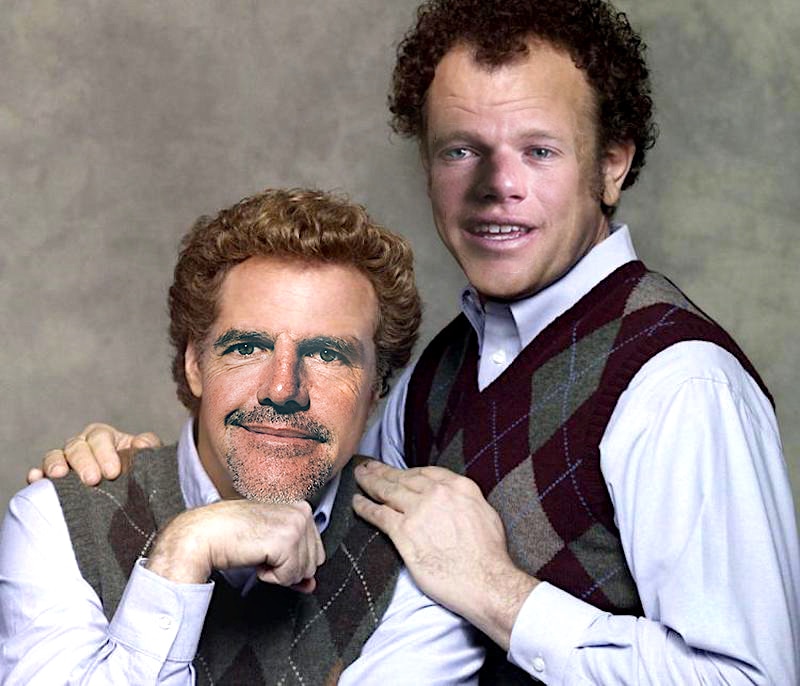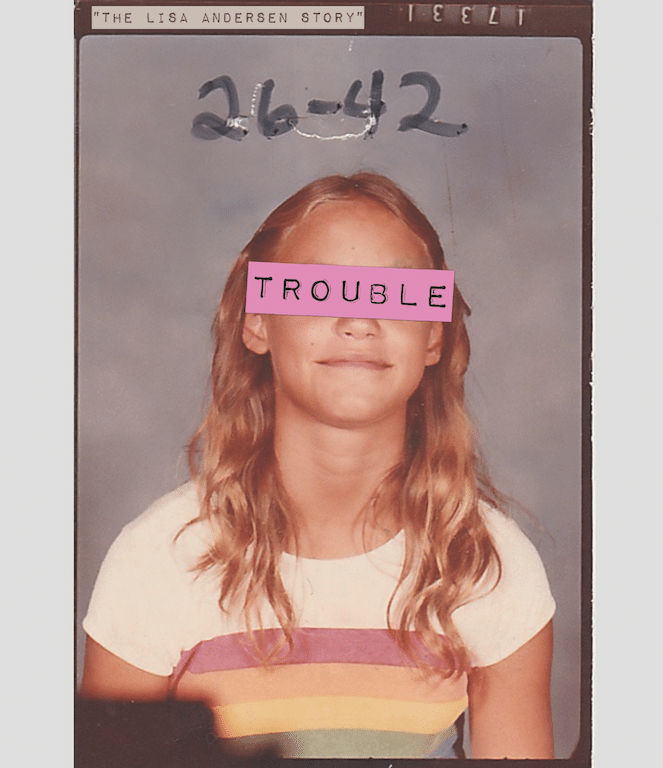Wanna know what the most important number in your next custom is?
A few weeks back I ordered a custom small-waver, a reboot of a model I’d gotten involved with ten years earlier.
The design had changed with the prevailing winds of fashion, it was thicker, flatter and wider, but I knew it would be a fast and stable board and draw, roughly, the same hieroglyphics on a wave.
Great shaper, good local construction. The sorcery hadn’t changed. How could you lose?
For the first time in my life and following the route of common belief, I chose a board via the magical volume number and not my usual mix of length, width, thickness.
Yeah.
As I unpacked a board that my ballerina legs would never turn, I was shown the folly of ordering a surfboard via how much foam is contained within its boundaries and not by specifics.
Everything else, the curve, the outline, the foil, was perfect.
But two sizes too big.
I was the skinny kid ordering a pair of 34″ jeans.
I had to call Jon Pyzel, who has shaped for the two-time world champ John John Florence since he was five, ’cause I know surfers swinging in and saying, ‘Gimme a thirty’ is a pet peeve.
Jon is also one of the most accessible shapers in the world.
Walk into his factory in Waialua on the North Shore or hit him up on his Instagram account, which he operates, and you’re going to talk, message, with Jon himself.
He’s like Gabriel’s shaper Johnny Cabianca. The pair are in the game to make beautiful surfboards, not to wind up sitting behind a desk commanding an apparel and hardware biz.
So I call Jon.
I told him what I did.
And that it made me think, why the volume thing anyway? Ain’t it about trying to get a board that’s stable and paddles well.
Think: doesn’t rocker, for instance, affect stability and the ability to paddle more than the amount of foam in a board?
And width?
Therefore, could a 27-litre board be more stable and paddle better than a 30-litre board?
Talk to me Jonny.
“I hear it every day. I want this many litres in a board,” says Jon. “What people don’t understand is that volume is simply the amount of foam in a board. You can have a narrow and thick board that is 30 litres and a thin, wide board that is 30 litres. And the only reason we even know the volume is because of the computer programs. No hand-shaper can tell you what the volume of a board is unless they have a float tank.
Jon says he tries to educate people on the importance of knowing that volume isn’t the final say in the game.
“Rocker is one of the biggest factors in board paddling,” says Jon. “And one huge thing that nobody thinks about with volume is that it only has an effect on a board before it hits planing speed. It’s like a big heavy boat going through water. Once it hits its planing speed and the hull is on top of the water it frees up. It’s no longer going through the water, it’s on top of the water. A surfboard does the same thing.”
So when someone comes in to order a board, a Shadow, say, his newest model, and they want a six-o, what Jon does is he asks ’em the width.
“It has a huge role in how a board performs,” he says. “They know they want a six-o and they know how much foam they want in it, but I ask ’em what width they prefer. You don’t just want to make a board thicker and wider until you hit their ‘number.’ When someone come to me, if I have their width and their length I can manoeuvre from there.”
Jon points out the obvious, that a board you ride in crummy waves is probably going to need more volume than a board you launch in good surf.
“Sometime a step-up board might have less volume than a normal shortboard,” he says, adding once you get to a certain size, it becomes the opposite and you overcompensate with volume in rhino chaser.
And, he says, adding an eighth of an inch to thickness is going to have a bigger effect, volume-wise, than a similar increase in width.
He tells people to think about a litre bottle of soda. Imagine it’s foam. If you want to increase or decrease your volume by 200mls, or twenty percent of that bottle, well, it ain’t much at all. You ain’t gonna feel it. John John might, but not you, not me.
But, he says, tell ’em to get one of those gallon American soda drink mega cups and you can appreciate what three or four litres will do to your board.
Got it?
Know your width and length, have a rough idea of your volume but don’t be afraid to swing a little, tell your shaper where you’re gonna ride the thing and let ’em create their magic.
And it is magic.
“The joy in making surfboards comes from the people riding them more than the award or the content win,” says Jon. “You have a kid walk in and it’s the happiest thing you’ve ever seen. I like that connection. I like to be a part of it. That never get old.”











